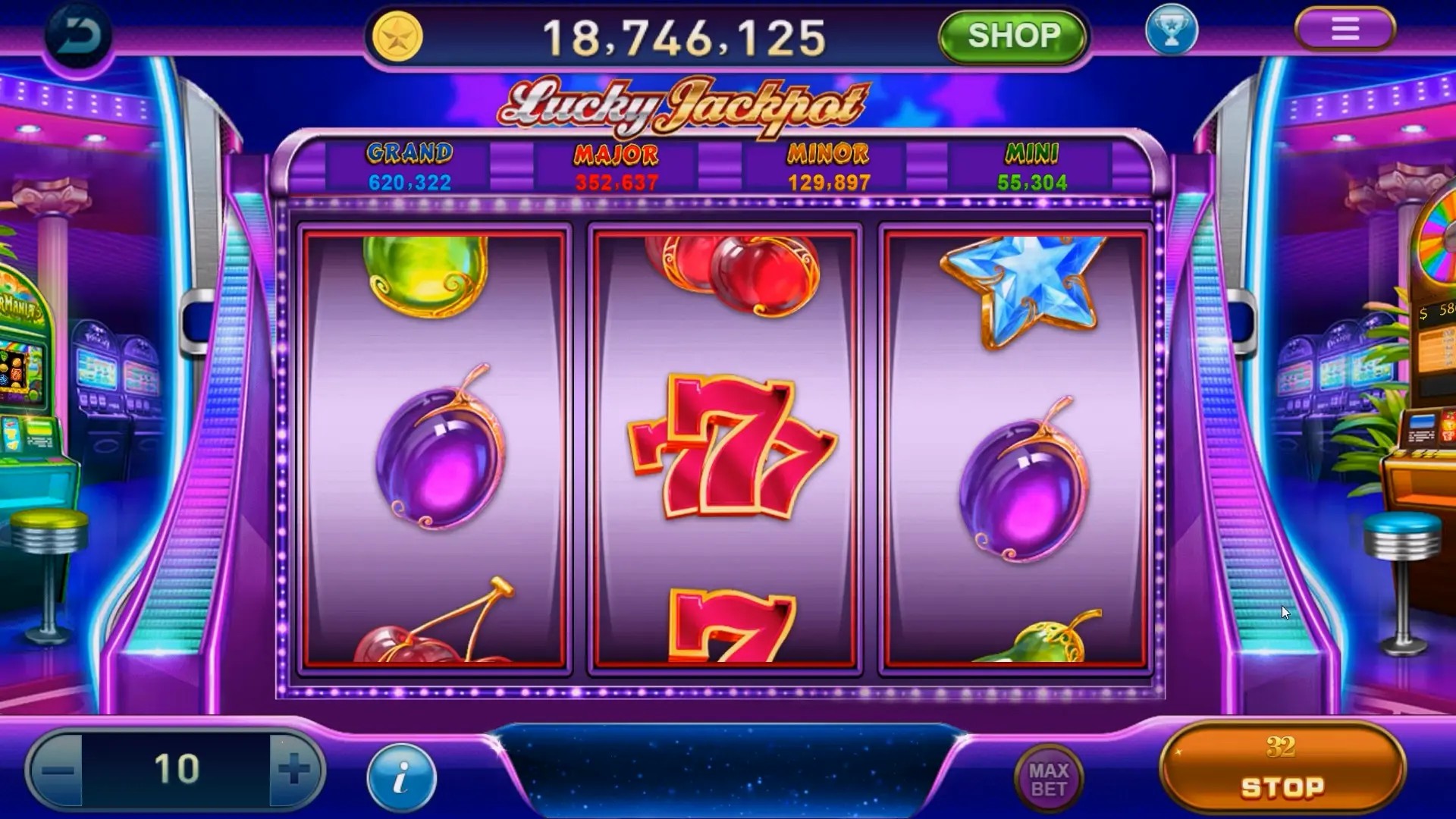Understanding the Core: Idle Games Explained
Idle games—also known as clicker or incremental games—thrive on automation. You make a move early on, like tapping a screen or purchasing upgrades, and the system keeps working even when you’re not actively playing. That’s the hook. They’re perfect for people who want a low-pressure experience, maybe with soothing background music or even an asmr skincare game online type of rhythm.
What sets idle games apart is how they reward inactivity. The longer you stay away, the more progress you might find upon return. It’s oddly satisfying. But beneath that simplicity, there’s often a web of number scaling, exponential growth, and unlockable mechanics. Think of it as digital farming—plant one click, harvest dozens later.
- Progress continues without active input
- Designed for casual, frequent engagement
- Simple controls, complex backend systems
- Common monetization: cosmetic upgrades, skip timers
Simulation Games: Where Control Is King
Now switch gears to simulation games. These aren’t about waiting—they’re about doing. Whether you’re running a virtual hospital, flying a plane, or managing a skincare clinic in a meditative asmr skincare game online, sim games demand attention, timing, and often strategic foresight.
Sure, you might have automation tools (like bots in a skincare routine mini-game), but you’re expected to monitor outcomes. Failure to act can mean a collapsed economy, patient dissatisfaction, or in some war-strategy hybrids—well, accidentally blowing up your own squad.
| Aspect | Idle Games | Simulation Games |
|---|---|---|
| Player Engagement | Low (passive) | High (active) |
| Pacing | Slow, time-based | Responsive, real-time |
| Mechanics | Incremental gains | Action-driven systems |
| Example | Doge Miner | SkinCraft: ASMR Skincare Lab |
The Gray Area: When Idle Meets Simulation
Lately, the lines have blurred. Ever played a so-called asmr skincare game online where you automate face masks but still need to manually respond to skin flare-ups? That’s a hybrid. Game developers are mixing passive loops with hands-on tasks to create something oddly calming yet still engaging.
These games borrow the stress-free cadence of idle titles but keep you invested through micro-goals. It's meditation with a progress bar. Some users report near-ASMR effects—especially when layered with soft sounds, smooth animations, and zero time pressure. Except, of course, when the game punishes you for ignoring a minor alert. Remember that time in a *last war survival game drone damages my own troops* incident? Yeah. Automation doesn’t always go as planned.
Key takeaway: Hybrid models are rising. They take idle structures but embed sim-like responsibilities. That means less true relaxation, but better retention for devs.
When Simulation Goes Sideways: A Case of Drone Fail
Let’s talk about a notorious scenario floating through gaming forums—“last war survival game drone damages my own troops." Sounds like a joke, right? But it’s not. In a post-apocalyptic base-builder with real-time tactics, one player automated drone raids. Great idea… until pathfinding logic glitched during a server lag spike.
The drone circled back, targeting its own supply unit. And then—because automation continued—launched a second wave on the medical tent. Player lost half their army in 90 seconds. No warning. No recall command fast enough.
Here’s the irony: that game marketed itself as having simulation game depth but used idle-style back-end scheduling. Result? A system that acted “smart" until it didn’t. This isn’t just funny lore; it shows the danger of blending mechanics without clear feedback loops.
Sometimes, blending genres feels less like innovation and more like a usability disaster waiting to happen.
Final Thoughts: Different Philosophies, Shared Appeal
So what's the real difference? At its core, an idle game says: *“You’re in control—even when you’re not."* A simulation game says: *“You’re responsible, no excuses."*
Yet both cater to modern needs. We're busy. We want accomplishment without stress. That's why hybrid games like an asmr skincare game online are booming—offering calm through rhythm, structure through simple choices. But if you lean into simulation too hard, you risk overwhelming the user. Lean too far into idle mechanics, and your game fades into the background like forgotten music.
As for incidents like *last war survival game drone damages my own troops*? They’re less about mechanics and more about design awareness. When developers merge systems, they must respect intent: relaxation vs. mastery. Crossing them is fine—messing them up isn’t.
Critical Points to Remember:
- Idle games reward absence; simulations reward presence.
- Blurred lines can work—especially in niche genres (e.g., asmr skincare game online).
- Hybrid models must balance automation with user agency.
- Even tiny design flaws can cause major setbacks (see: friendly-fire drones).
- For players in places like Lithuania, mobile-friendly, low-data idle-sims are especially popular—easy to pick up, calming during long winter nights.
Conclusion: Idle and simulation games may overlap, but their soul is different. One soothes, the other tests. And knowing the distinction helps you pick—not just play, but enjoy—without unexpected troop explosions.



